Kyoto’s rich cultural heritage blends seamlessly with modern comforts in this enchanting tea ceremony experience. Held in a charming 100-year-old townhouse, you will discover the elegance and significance of this centuries-old tradition. Led by certified masters, the session immerses visitors in the mindfulness and etiquette that define this profound Japanese practice. From preparing matcha to savoring seasonal sweets, this one-of-a-kind opportunity promises a deeper understanding of Zen philosophy and its timeless influence on daily life.
Key Points
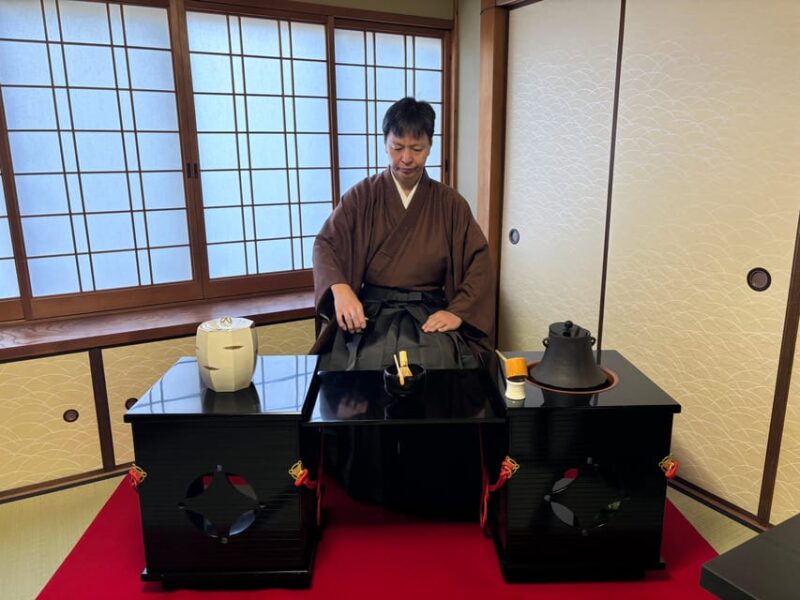
- This tea ceremony experience is held in a 100-year-old townhouse near Kiyomizu Temple and Gion in Kyoto.
- The ceremony is led by certified tea masters and accommodates those who find sitting on the floor challenging.
- Participants will learn the history, etiquette, and significance of the tea ceremony, including hands-on preparation of matcha.
- The experience emphasizes mindfulness, respect, and the deep spiritual connections between the tea ceremony and Zen Buddhism.
- The ceremony is accessible in multiple languages and offers free cancellation up to 24 hours in advance.
Experience Overview
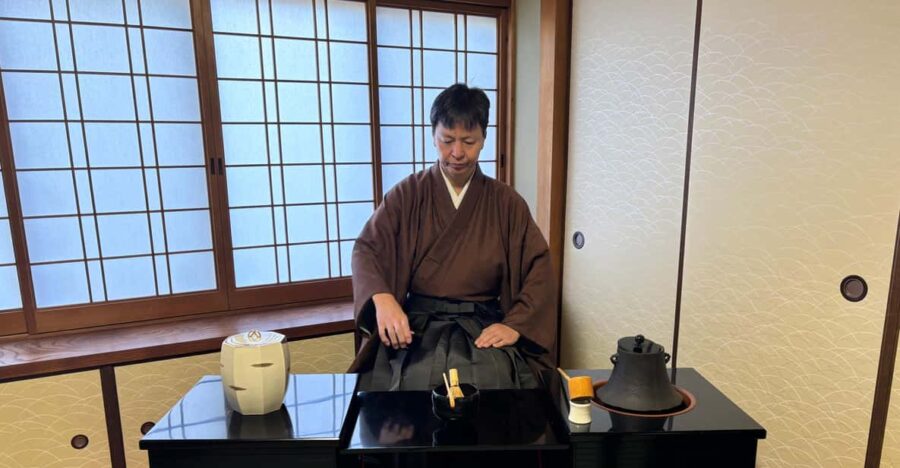
Visitors to Kyoto can enjoy a captivating 1-hour tea ceremony held in a 100-year-old townhouse near the Kiyomizu Temple and Gion area.
Priced from $21.37 per person, the experience is led by certified tea masters who offer the ceremony in multiple languages, including English, Russian, Ukrainian, Japanese, and French.
Participants can enjoy the convenience of free cancellation up to 24 hours in advance and reserve their spot with no upfront payment.
This cultural experience promises an authentic and insightful introduction to the art of the Japanese tea ceremony.
You can also read our reviews of more tours and experiences in Kyoto.
Authentic Tea Ceremony
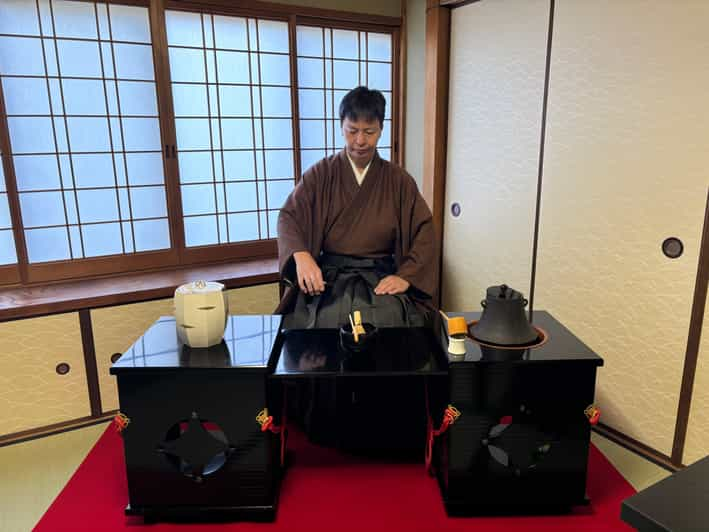
Though held in a 100-year-old townhouse, the tea ceremony offers an authentic and immersive cultural experience.
A certified tea master leads participants through the intricate movements and gestures of this centuries-old tradition. Guests learn the history, etiquette, and significance of the tea utensils, then enjoy hands-on preparation of matcha.
Seasonal Japanese sweets complement the tea, enhancing the sensory experience. Throughout, the emphasis is on respect, serenity, and mindfulness – core principles of the tea ceremony’s connection to Zen practice.
A Q&A session allows deeper exploration of the ceremony’s cultural background and philosophy.
Exploring the Connection to Zen
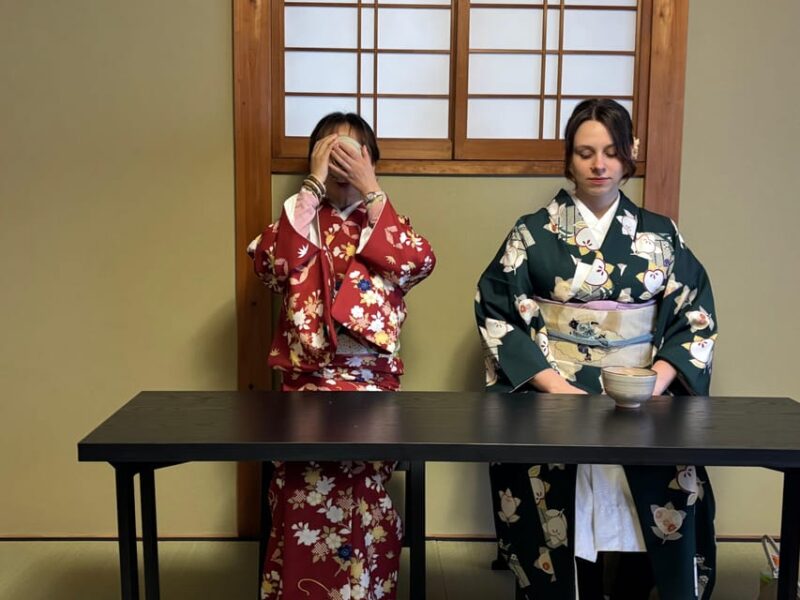
As participants enjoy the tea ceremony, they uncover the deep ties between this centuries-old tradition and the principles of Zen Buddhism. The meditative gestures, the focus on mindfulness, and the respect for each moment harmonize with the essence of Zen.
| Connection to Zen | Significance |
|---|---|
| Harmony | The ceremony cultivates balance and oneness between host, guest, and surroundings. |
| Mindfulness | Each movement and action during the tea ritual encourages participants to be fully present. |
| Simplicity | The minimalist design of the tea room and utensils reflects the Zen aesthetic of finding beauty in the uncomplicated. |
This symbiotic relationship illuminates the profound cultural and spiritual dimensions of the Japanese tea ceremony.
Learning the Etiquette and Significance
During the tea ceremony, participants embark on a journey of learning the etiquette and significance behind each intricate element.
The tea master guides them through the proper handling of the tea bowl, whisk, and scoop. Each motion carries meaning, from the way the bowl is rotated to the angle of the whisk.
Participants gain insight into how these tools connect to Zen principles of mindfulness and respect.
More Great Thing To Do NearbyHands-on Matcha Preparation
After learning about the cultural significance of the tea ceremony, participants eagerly anticipate the hands-on matcha preparation experience.
A certified tea master guides them step-by-step through the intricate process. First, they observe the precise movements as the master meticulously whisks the powdered green tea into a frothy liquid.
Then, it’s the participants’ turn to try. They carefully scoop the matcha, add the hot water, and whisk vigorously to achieve the perfect consistency.
The fragrant, vibrant green tea is then served, allowing guests to savor the fruits of their labor and appreciate the art of mindful preparation.
Seasonal Japanese Sweets
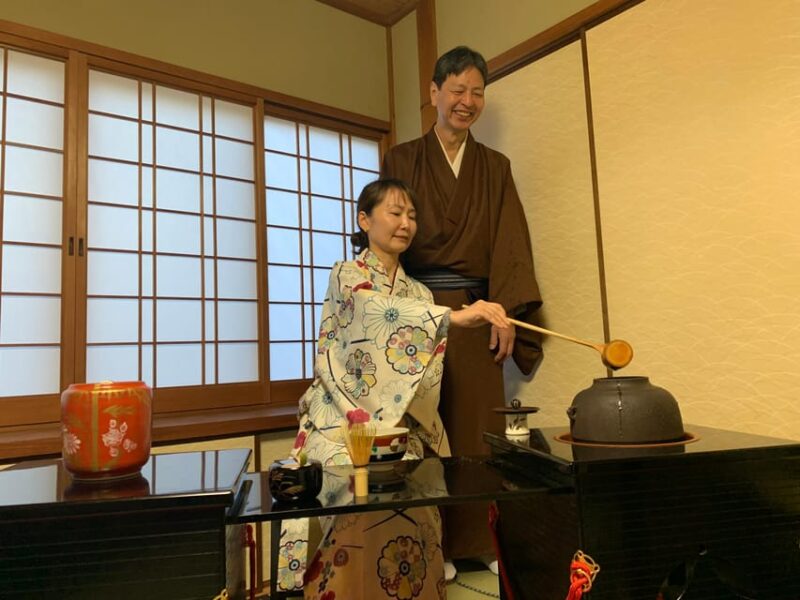
The seasonal Japanese sweets served during the tea ceremony complement the fragrant matcha tea perfectly.
These delicate confections not only delight the palate but also captivate the senses:
- The intricate designs on the mochi melt in the mouth, revealing a soft, pillowy interior.
- The vibrant green of the wagashi, infused with matcha, offers a burst of earthy sweetness.
- The delicate arrangement of the confections on the serving tray evokes a sense of tranquility and appreciation for the art of presentation.
These exquisite sweets enhance the overall experience, creating a harmonious balance between the tea and the cultural significance of the ceremony.
Cultural Insights and Reflection
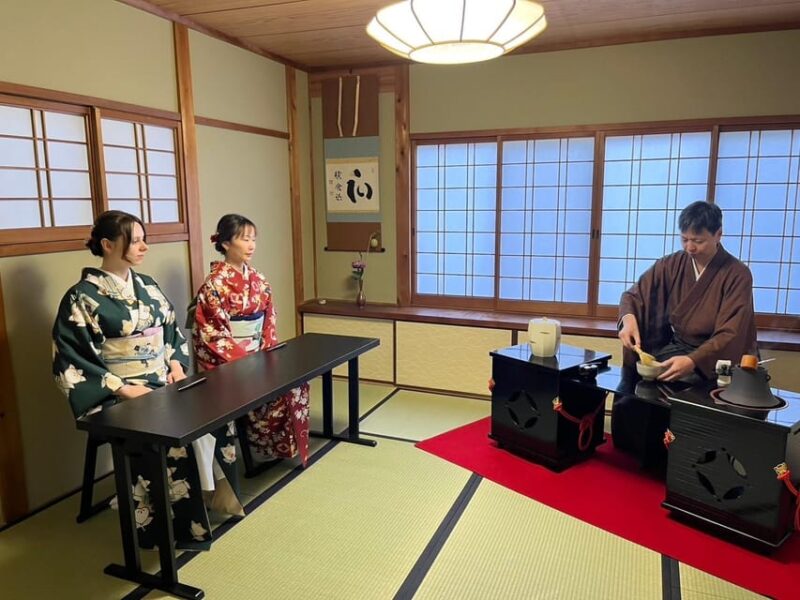
Although the ceremonial practices of a traditional Japanese tea ceremony may appear intricate and formal, the experience is designed to cultivate a profound sense of mindfulness and connection with Japanese culture.
Participants learn about the cultural background and philosophy behind the ritual, exploring the significance of each gesture and utensil. The emphasis is on respect, serenity, and focused attention, allowing guests to deeply understand the essence of this centuries-old tradition.
Through guided explanations and hands-on involvement, the tea ceremony offers a unique opportunity to take in the tranquility and mindfulness at the heart of Japanese cultural heritage.
Accessibility and Restrictions
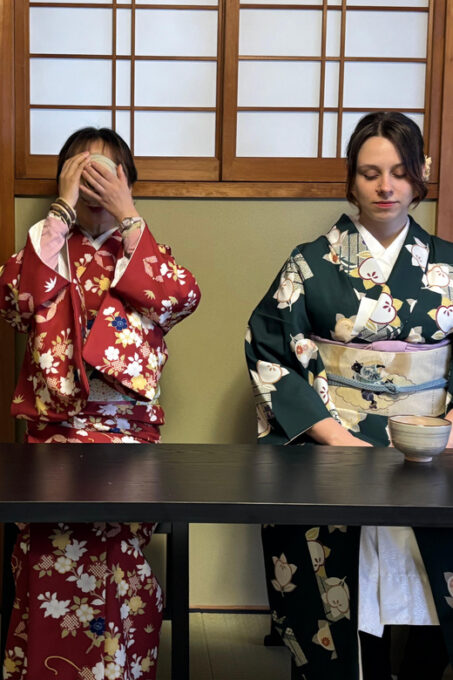
How suitable the tea ceremony experience is for those with physical limitations?
While the event accommodates those who find sitting on the floor challenging by conducting the ceremony in a standing style, certain restrictions apply. The experience isn’t suitable for children under 10 years, wheelchair users, or individuals with a cold.
Attendees are advised to:
- Wear socks
- Avoid bringing large bags, smoking, jewelry, and electronic devices
These guidelines ensure the tea ceremony maintains its tranquil, mindful atmosphere and allows all participants to fully enjoy the cultural experience.
Frequently Asked Questions
Can I Bring My Own Tea Utensils to the Ceremony?
Participants are generally not allowed to bring their own tea utensils to the ceremony. The experience is designed to provide an authentic tea ceremony led by a certified tea master using the proper traditional tools and equipment.
Is Photography Allowed During the Tea Ceremony?
Photography is generally not allowed during the tea ceremony as it is considered disruptive to the serene and contemplative atmosphere. Participants are encouraged to focus on the experience and refrain from using electronic devices.
What Is the Attire Recommended for the Tea Ceremony?
The recommended attire for the tea ceremony is casual and comfortable. Visitors should avoid wearing large jewelry, hats, or anything that may distract from the experience. Bringing socks is advised, as they’ll need to remove their shoes.
Is It Possible to Have a Private or Customized Tea Ceremony?
Yes, private or customized tea ceremonies are available. The host can accommodate groups up to 20 people and tailor the experience to meet the needs and preferences of the participants.
Are There Any Dietary Restrictions or Substitutions for the Japanese Sweets?
The Japanese sweets served are subject to dietary restrictions. Guests with special dietary needs can request alternatives, which the tea ceremony provider will accommodate to ensure an enjoyable cultural experience.
The Sum Up
This traditional Japanese tea ceremony in a charming 100-year-old townhouse near Kiyomizu Temple and Gion offers an authentic introduction to the history, etiquette, and significance of this profound cultural practice. Participants will enjoy hands-on preparation of matcha and seasonal Japanese sweets while seeing the mindfulness and respect that characterize this serene art, all with the comfort of provided chairs.
You can check if your dates are available here:More Tour Reviews in Kyoto
- The Art of Geisha: Exclusive Show & Traditional Japanese Game
- Tea Ceremony With Kimono and Professional Photoshoot in Kyoto
- Kyoto Arashiyama Bamboo Forest Hidden Hiking Tour
- Kyoto Early Morning Walking Tour: Nature & History
- Small-Group Dinner Experience in Kyoto With Maiko and Geisha
- Private Kyoto Night Tour: Historic Walk at Gion and Fushimi
Not for you? Here's more things to do in Kyoto we have recnetly reviewed
- 5 Best Cruises And Boat Tours In Kyoto
- 14 Best Dining Experiences In Kyoto
- 20 Best Full-Day Tours In Kyoto
- 5 Best 2 Day Tours In Kyoto
- 2 Best 4 Day Tours In Kyoto
- 20 Best Photography Experiences In Kyoto
- 13 Best Dinner Tours In Kyoto
- 25 Best Food Tours In Kyoto
- 14 Best Lunch Experiences In Kyoto
- Kyoto Bus Tour: Iconic KInkakuji, Ginkakuji, Kiyomizu Temple (AW)
- Kyoto Bus Tour: Arashiyama, Kinkaku-ji Review
- Gyoza Cooking Class in Kyoto: Traditional Japanese Dumplings
